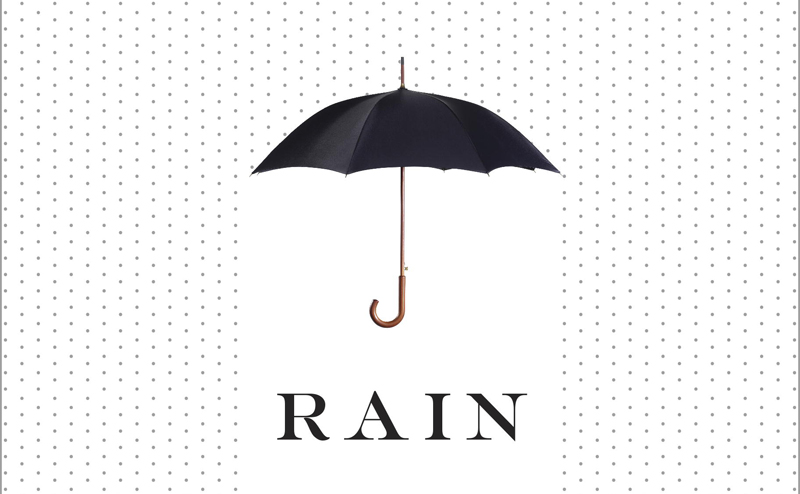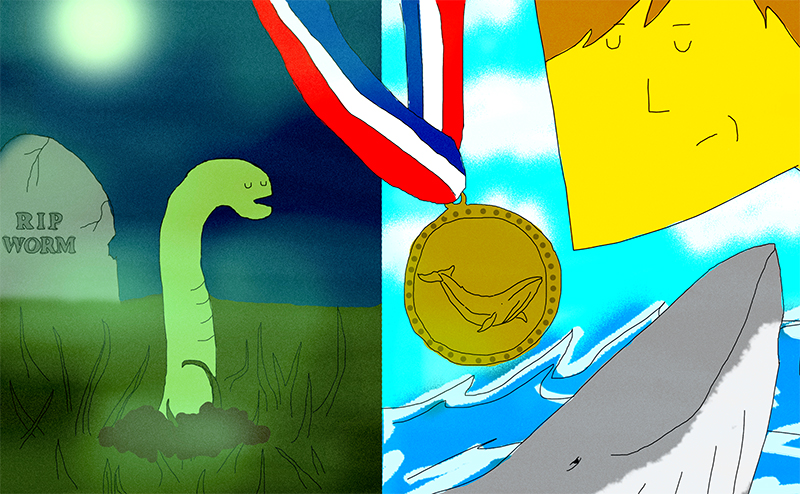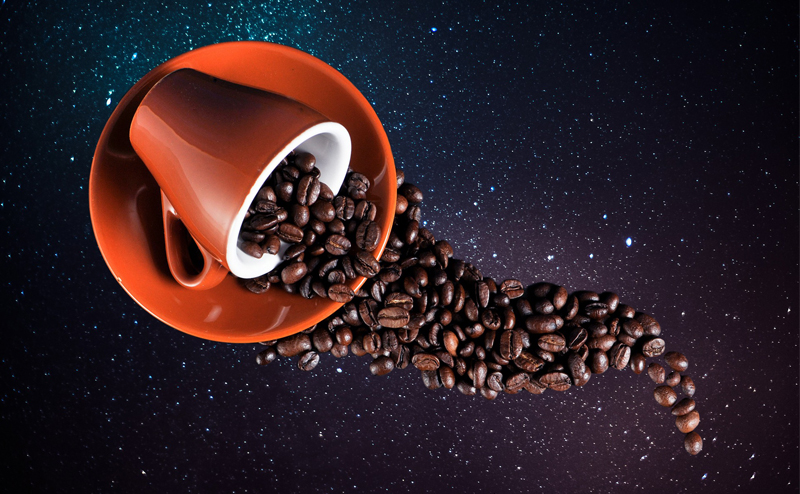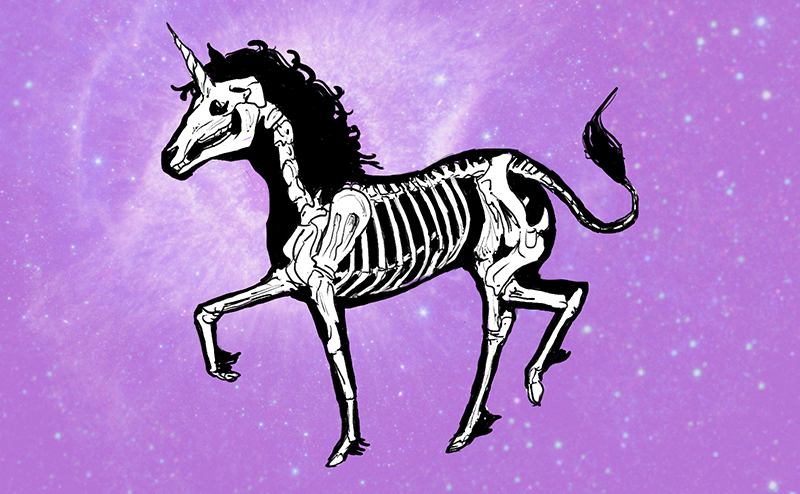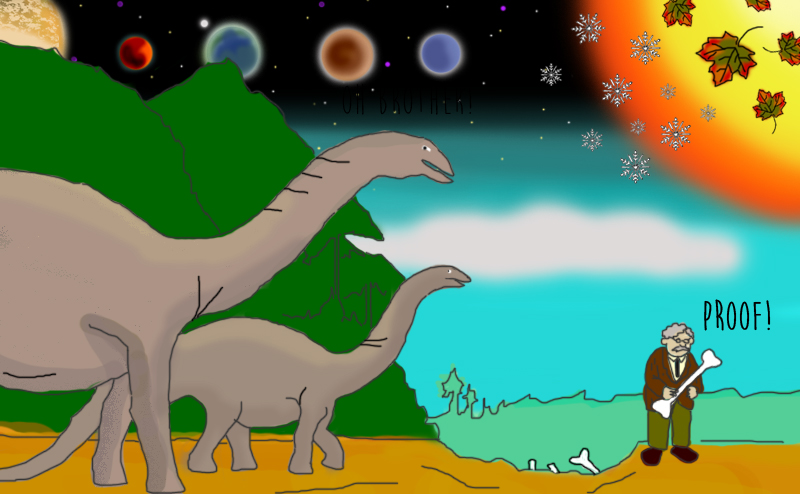Articles
Environmental journalist Cynthia Barnett’s new book, Rain: A Natural and Cultural History, examines not only how rain has worked as a driving force of human civilization, but also how we continue to have a contentious yet dynamic relationship with the natural phenomenon. Barnett waxes poetic about everything from the joy of rain in the very beginning of Earth’s existence to the way we ourselves have evolved for the rain. We spoke with her on a cloudy day about California’s rain problem, cloud seeding, the creation of the modern raincoat, and the scent of rain.
Read MoreYour dog looks guilty and sorry, but is she? And what’s going on with other puppy dog looks? Shaming on the Internet keeps getting more and more creative, and its targets more diverse. Witness the hangdogs of the website dogshaming.com who bear placards outlining their offenses ranging from “I ate Josh’s underpants. I feel no remorse!” to “I get soooo excited when we have company over that I hump the cat!” In a majority of the doggie mug shots, the pooch looks up at the camera or slightly off to the side as if wordlessly apologizing to their aggrieved owners.
Read MoreSeven days, lots of science in the news. Here’s our roundup of some of the week’s most notable and quotable items. Humans evolved pointier chins than other animals as our faces got smaller—not as a way to cope with the strain of chewing, a new study claims. This year’s Time 100 includes five influential women doctors and scientists. A gray whale named Varvara just set the record for longest mammal migration, at 14,000 miles, from Russia to Baja California. Scientists released a new map of dark matter in the universe or, rather, 0.4 percent of what we can see of the universe. SpaceX successfully delivered supplies to the International Space Station this week via a Falcon 9 rocket and a Dragon capsule, and Italian astronaut Samantha Cristoforetti successfully grabbed the cargo with the space station’s robotic arm. Among the deliveries is a special ISSpresso maker. A second attempt to land the first stage rocket booster on a ship in the Atlantic again came close to making it. The sound of your knuckle cracking comes from a bubble forming in the fluid of the finger joint—not from the bubble popping, as previously thought. Ocean waves are the culprit behind Earth’s mysterious vibrations. Winds blowing …
Read MoreWhen Drake, Milton Drake that is, penned the line, “Shoot me the pot, and I’ll pour me a shot,” never in his wildest dreams could he have had space in mind. But yesterday’s successful SpaceX launch may lend new meaning to java jive. Back in 2013 Luca Parmitano, an Italian astronaut, reportedly had one main complaint about working on the International Space Station: nary a cup of espresso to be found. Having returned to Earth after five months in space, we can safely assume he has had his espresso fix by now. But soon enough, Parmitano’s colleagues still orbiting our planet may be able to sip some java while looking down on the island nation of Java.
Read MoreWherever the pleasure of Grimm’s Fairy Tales and other folk tales may lie, it’s hardly in the plausibility of the stories, but it’s fun to see how particulars of the fantasy could actually occur in real life. Here are a few instances where fairy tale events don’t require any magic. Climbing a Tower With Hair (Rapunzel) If Rapunzel lets down her hair, could a prince really climb that golden stair? In 2011, a group of physics students at the University of Leicester investigated this question for the school’s Journal of Physics Special Topics, which is devoted to applying math and science to creative questions. One of the primary pieces of data needed for this calculation was the ultimate tensile strength of human hair: How much stress it can take while being stretched before breaking. The physicists cited a separate bit of research published in the Journal of Cosmetic Science that found that human hair’s ultimate tensile strength was around 380 Megapascals (MPa), which is stronger than cast iron, aluminum, and copper, but weaker than steel. Still, it seems to be enough for Rapunzel’s visitors to ascend without incident. Rapunzel’s hair “could support a weight of 27kN, or just over 2750kg [over 6,000 pounds],” the group wrote. …
Read MoreSeven days, lots of science in the news. Here’s our roundup of some of the week’s most notable and quotable items. The Brontosaurus might be back! Though it was previously demoted to a cadet branch of Apatosaurus, a new analysis of skeletons suggest that Brontosaurus excelsus might be unique enough anatomically to come out and head up its own genus again. And in other dinosaur news, a new study finds evidence of cannibalism and combat in Daspletosaurus, a somewhat diminutive and less famous cousin of Tyrannosaurus. Humans may not be the only species counting calories. New study suggests the fruit fly’s brain can learn to tell the difference between normal-calorie and high-calorie food—and recall the healthier option at a later time. There is enough ice on Mars to cover the whole planet in a layer one meter thick. In a snapshot of a far-off galaxy, researchers spotted an “Einstein ring,” a fiery circle predicted by Albert Einstein resulting from one object bending the light coming from another object through the phenomenon known as gravitational lensing. Scientists found complex organic molecules, including hydrogen cyanide and methyl cyanide, in the young star system MWC 480. The sun may have “seasons” of variable activity over two-year …
Read More






